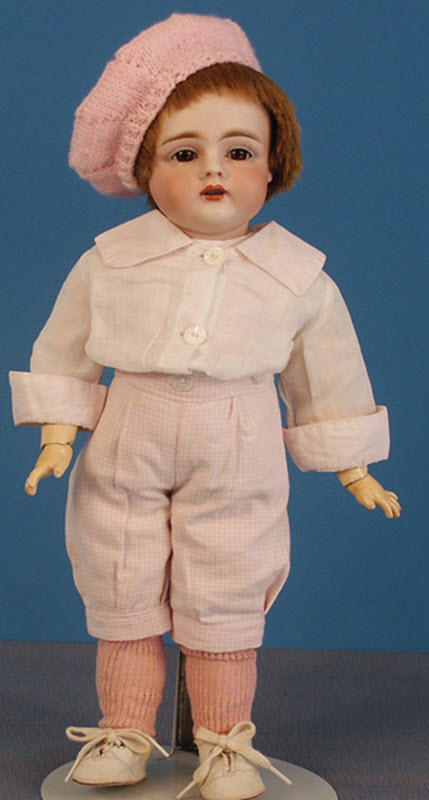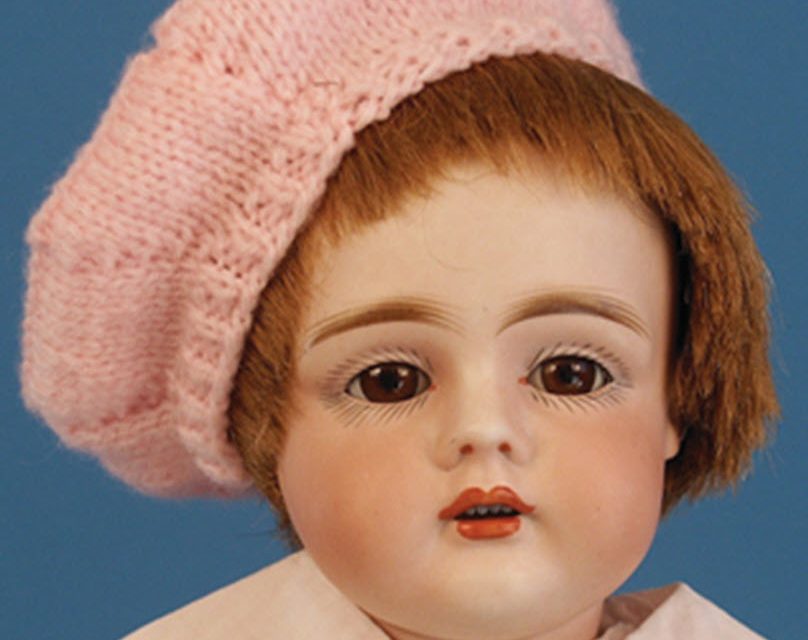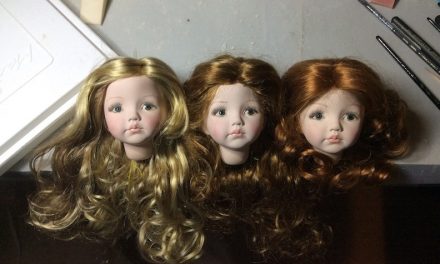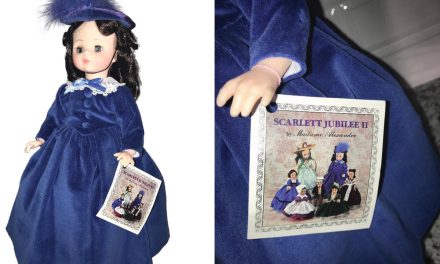By Jan Foulke
Photos courtesy of Foulke Archives
Q: I just recently started looking at antique dolls. I have bought one with a bisque head marked “C made in Germany 7 161” and have been told that this is a Kestner doll. I want to know how a collector would know that this is a real Kestner doll. There is no Kestner name or logo on it.

Have a website login already? Log in and start reading now.
Never created a website login before? Find your Customer Number (it’s on your mailing label) and register here.
JOIN HERE
Still have questions? Contact us here.







